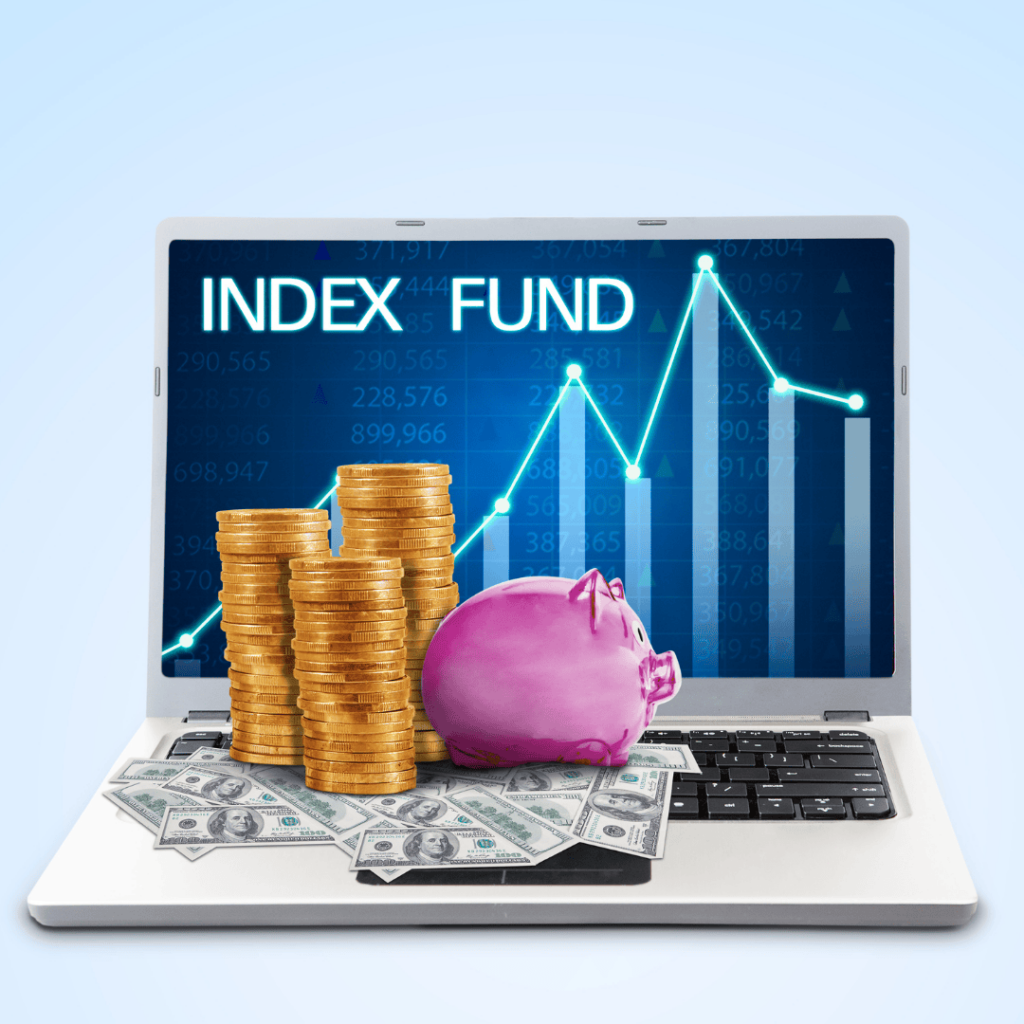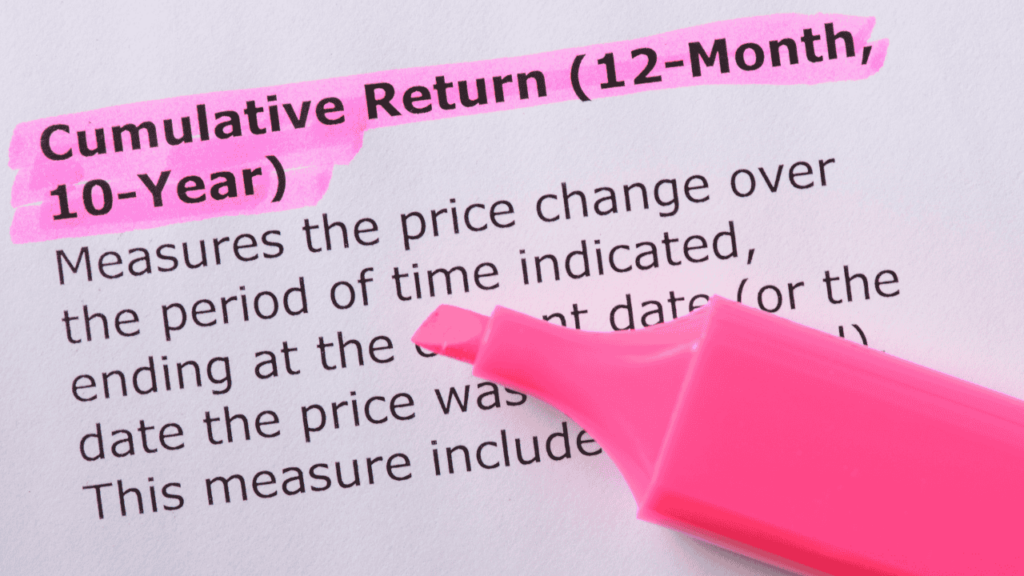
If you’ve never heard of Warren Buffett’s legendary challenge to active fund managers and the hedge fund industry, this story will change your perspective on index funds. In a bold move, Buffett bet that a simple index fund tracking the S&P 500 would outperform a group of high-fee hedge funds over a decade. Protégé Partners LLC accepted the challenge, leading to a million-dollar wager that put index funds and active investing to the ultimate test.
Table of Contents
The Buffett Challenge: Active vs. Passive Investing
Buffett’s bet cantered on the fundamental difference between two investment strategies:
- Active investing: Fund managers actively pick stocks, aiming to beat the market.
- Passive investing: Investors track an index without frequent buying or selling.
Buffett personally invested his money in Vanguard’s S&P 500 Admiral Fund, while Protégé Partners chose the average returns of five funds-of-funds. These funds-of-funds further invested in multiple hedge funds, managed by highly skilled professionals who charged performance-based fees.
At the start of the bet in January 2008, Buffett’s victory was far from guaranteed. The market took a significant hit during the financial crisis, and hedge funds initially showcased their ability to minimize losses. Buffett’s index fund plunged 37%, while the hedge funds managed to limit their losses to 23.9%. However, the tides quickly turned.
Between 2009 and 2014, Buffett’s index fund consistently outperformed the hedge funds. By the fourth year, the index fund had overtaken hedge funds in overall returns. Though in 2015, Protégé Partners made a brief comeback, Buffett regained the upper hand in 2016, earning 11.9% compared to Protégé’s mere 0.9%.
By the end of 2016, Buffett’s index fund had achieved an annualized return of 7.1%, accumulating $854,000, while the hedge fund managers only delivered 2.2% per year, totaling a disappointing $220,000. Seeing the writing on the wall, Protégé Partners conceded defeat even before the official deadline of December 2017.
The crux of Buffett’s argument was that, after accounting for all fees and expenses, a simple S&P 500 index fund would outperform an actively managed portfolio over the long term.
Understanding Active and Passive Funds

To make an informed decision, let’s break down both fund types:
Active Mutual Funds
- Managed by experienced fund managers aiming to outperform the market.
- Frequent buying and selling of stocks based on market conditions.
- Higher expense ratios due to research, trading, and management costs.
- Potential for higher returns but comes with increased volatility and risk.
- Fund managers analyze market trends, company fundamentals, and macroeconomic factors to make investment decisions.
Index Funds (Passive Funds)
- Designed to track a market index, such as the S&P 500 or Nifty 50.
- Minimal active involvement—funds simply replicate the index composition.
- Significantly lower fees and expense ratios compared to active funds.
- Ideal for long-term investors seeking steady returns without high management costs.
- Removes the risks associated with poor fund manager decisions.
Now, as an investor, the critical question remains: Should you choose index funds over actively managed funds?
Investors’ Dilemma: Active or Passive?
The appeal of active funds lies in the belief that professional fund managers have the expertise to outperform the market. However, data suggests otherwise.
A comprehensive report by S&P Global found that a staggering 58% of Indian large-cap equity funds failed to beat their benchmark, the S&P BSE 100. The numbers for mid-cap funds were even more disappointing—over 80% of actively managed mid-cap schemes failed to outperform their respective benchmarks over three- and five-year periods.
A further breakdown reveals:
- Large-cap funds: Active funds outperformed in only a one-year period but consistently lagged over longer horizons (three, five, and ten years).
- Mid-cap funds: Actively managed mid-cap funds failed to beat benchmarks across all timeframes.
- Small-cap funds: Struggled to beat the benchmark in the one- and three-year periods, but outperformed over five- and ten-year periods.
This raises an important question—why would anyone pay higher fees for active funds when index funds deliver comparable or superior returns at a lower cost?
Beyond the Surface: The Rolling Returns Perspective

While the S&P report presents strong evidence favouring index funds, it only offers one lens of analysis. A more detailed examination using rolling returns (evaluating fund performance across different timeframes) tells a more nuanced story.
- Large-cap funds: Analysed across 2,018 instances, only 337 times did active funds underperform their benchmark.
- Mid-cap funds: In five-year periods, active mid-cap funds rarely underperformed. The reason? Information asymmetry—unlike large-cap stocks, mid-cap stocks receive less analyst coverage, allowing fund managers to spot hidden opportunities.
This highlights a crucial takeaway:
- In well-researched markets (large-cap stocks), index funds dominate.
- In less efficient markets (mid-cap and small-cap stocks), active funds have an edge.
Should You Invest in Index Funds?
So, what’s the final verdict? Should investors go fully passive, active, or adopt a mix of both?
- For large-cap investments: Allocating 40-60% to index funds is a solid strategy. While actively managed large-cap funds used to outperform before 2015, the trend has reversed, and only a handful now beat the market.
- For mid-cap and small-cap funds: Actively managed funds still hold an advantage. Given the inefficiencies in these segments, skilled fund managers can capitalize on hidden opportunities, generating higher alpha than passive alternatives.
The Ideal Portfolio Mix
For a beginner investor, a balanced portfolio could look like this:
- Large-cap segment: Primarily index funds (lower costs, stable returns).
- Mid-cap & small-cap segment: A combination of actively managed funds and index funds.
By blending both strategies, investors can minimize costs while maximizing returns, ensuring a robust and well-diversified portfolio.
Final Thoughts
Warren Buffett’s bet against hedge funds provided an eye-opening lesson—costs matter, and passive investing often trumps active investing over the long term. However, this doesn’t mean active funds should be ignored entirely.
For investors, the key takeaway is to strike the right balance. Leverage index funds for stable, low-cost exposure to large caps, while carefully selecting active funds for mid- and small-cap investments. This thoughtful approach can help investors achieve long-term financial success without unnecessary risk or expense.
With the right strategy, you can optimize your portfolio, maximize returns, and build wealth over time with confidence.
Check out my other blogpost on how to build a robust investment portfolio with ETFs.
Do Follow me on Linkedin and Quora for more insightful posts on personal finance, investments, money management, debt management, and much more.





